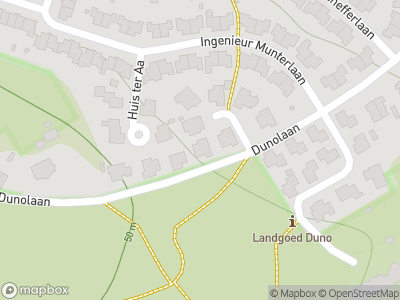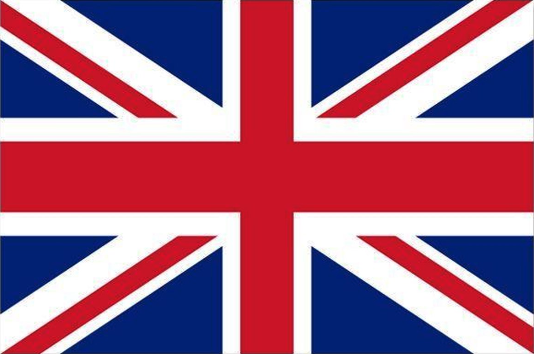The Duno was originally a ring-walled castle, constructed in the 10th or 11th century. Ring-walled castles are round or oval fortifications with walls of sand and a radius of from 100 to 300 metres. The whole is surrounded by a moat.
Vikings
The oldest round, ring-walled castles are found in the province of Zeeland as well as along the coast from Belgium to Denmark. These fortresses were intended to serve as refuges for the local population in the event of Viking attacks. The ring-walled castles in the east of the country, such as the Hunnerschans at Uddel and the Duno, are somewhat younger and oval in shape. These defences probably had another function. They are located at strategic sites and were intended to control and protect iron production and the trade route.
Iron
In the Early Middle Ages, iron was produced on a large scale on the Veluwe moraine. Iron production also underpinned the power of the counts of Hamaland. The iron was obtained from so-called ‘klapperstenen’ (rattle stones), while the forest supplied charcoal for the ovens. The iron production was brought within and distributed via the ring-walled castles. Thus, the Hunnerschans administered the iron production region and the Duno guarded the most important traffic route, the Rhine.
Motte Castle
The Duno is a semi-open construction of around 90 x 40 metres, with ramparts on three sides. The side on the bank of Rhine was (and is) very steep, and did not require a wall. A dry moat ran around the complex. A bulge high in the northwestern corner indicates various phases of construction work. The stronghold was modernised and provided with a bastion, motte castle.














